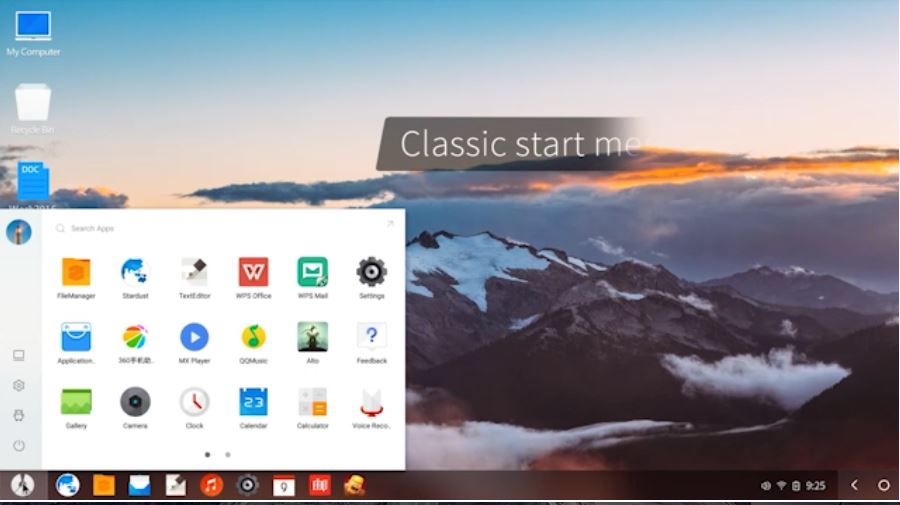We have developed win32 application for x86 and x64 platform. We want to use the same application on ARM platform. Endianness will vary for ARM platform i.e. ARM platform uses Big endian format in general. So we want to handle this in our application for our device.For e.g. // In x86/x64, int nIntVal = 0x12345678In ARM, int nIntVal = 0x78563412How values will be stored for the following data types in ARM?.
double. char array i.e. Char chBuffer256. int64Please clarify this.Regards,Raphel. (Sergey L., above, says, taht you mostly don't have to care for the byte order. He is right, with at least 1 exception: I assumed you want to convert binary data from one platform to the other.)has a good overview.In short:. Little endian means, the least significant byte is stored first (at the lowest address).
Big endian means the most significant byte is stored firstThe order in which array elements are stored is not affected (but the byte order in array elements, of course)So. char array is unchanged. int64 - byte order is reversed compared to x86With regard to the floating point format, consider.

Generally it seems to obey the same rules of endianness as the integer format, but there is are exceptions for older ARM platforms. (I've no first hand experience of that).Generally I'd suggest, test your conversion of primitive types by controlled experiments first.Also consider, that compilers might use different padding in structs (a topic you haven't addressed yet).Hope this helps. In 98% cases you don't need to care about endianness. Unless you need to transfer some data between systems of different endiannness, or read/write some endian-sensitive file format, you should not bother with it. And even in those cases, you can write your code to perform properly when compiled under any endianness.From Rob Pike's post:Let's say your data stream has a little-endian-encoded 32-bit integer.Here's how to extract it (assuming unsigned bytes): i = (data0.
The arm is little endian, it has two big endian variants depending on architecture, but it is better to just run native little endian, the tools and volumes of code out there are more fully tested in little endian mode.Endianness is just one factor in system engineering if you do your system engineering it all works out, no fears, no worries. Define your interfaces and code to that design. Assuming for example that one processors endianness automatically results in having to byteswap is a bad assumption and will bite you eventually. You will end up having to swap an even number of times to undo other bad assumptions that cause a swap (ideally swapping zero times of course rather than 2 or 4 or 6, etc times). If you have any endian concerns at all when writing code you should write it endian independent.Since some ARMs have BE32 (word invariant) and the newer arms BE8 (byte invariant) you would have to do even more work to try to make something generic that also tries to compensate for little intel, little arm, BE32 arm and BE8 arm. Xscale tends to run big endian natively but can be run as little endian to reduce the headaches.
You may be assuming that because an ARM clone is big endian then all are big endian, another bad assumption.

How To Use Wireless Net View
Engadget is part of Verizon Media. Click ' I agree' to allow Verizon Media and our partners to use cookies and similar technologies to access your device and use your data (including location) to understand your interests, and provide and measure personalised ads. We will also provide you with personalised ads on partner products.Learn more about how we use your data in our.
Wireless Key View X86 X64 Arm Tool
Once you confirm your privacy choices here, you can make changes at any time by visiting your.Click ' Learn More' to learn and customise how Verizon Media and our partners collect and use data.